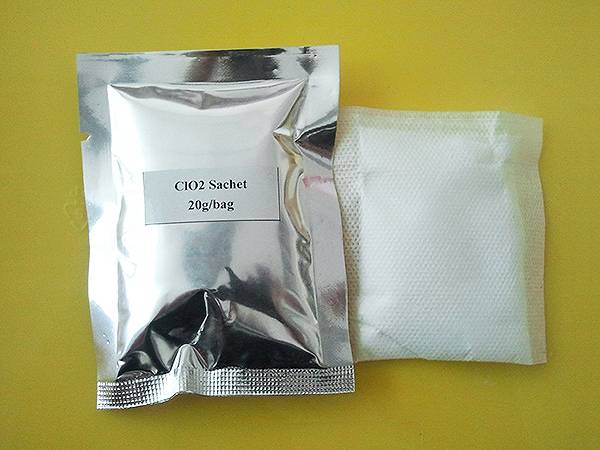



Understanding the Solubility of Polyacrylamide in Aqueous Solutions
Polyacrylamide Solubility in Water and Its Implications
Polyacrylamide (PAM) is a versatile synthetic polymer that has gained significant attention across various industries due to its unique properties and applications. One of the most critical aspects of polyacrylamide is its solubility in water, which plays a vital role in its functionality and utility. This article will explore the solubility of polyacrylamide in water, the factors affecting it, and its implications in different fields.
Understanding Polyacrylamide
Polyacrylamide is formed by the polymerization of acrylamide, a water-soluble monomer. The resultant polymer can have varying molecular weights and can be synthesized in different forms, including anionic, cationic, and non-ionic variants, which greatly impacts its solubility and applications. Due to its high molecular weight and structure, polyacrylamide can effectively interact with water molecules, leading to its dissolution in aqueous environments.
Solubility Characteristics
Polyacrylamide exhibits high solubility in water, particularly in its unmodified form. The solubility of polyacrylamide can be attributed to its hydrophilic nature, which arises from the presence of amide groups (-CONH2) in its backbone. These groups can form hydrogen bonds with water molecules, facilitating the dissolution process. When polyacrylamide is mixed with water, it tends to swell and form a viscous solution, displaying its ability to retain large amounts of water.
However, the solubility of polyacrylamide can be influenced by several factors, including temperature, pH, and the presence of other solutes. Increased temperatures often enhance solubility, as the kinetic energy of molecules rises, facilitating interaction. On the other hand, extreme pH values can lead to the hydrolysis of amide groups, which may affect solubility. Additionally, ionic strength from other dissolved salts can impact solubilization; high ionic concentrations may shield the polymer chains from water, reducing solubility.
Applications Leveraging Water Solubility
polyacrylamide solubility in water

The water solubility of polyacrylamide is harnessed in numerous applications across different sectors
1. Agriculture Polyacrylamide is extensively used in soil management and water retention strategies. The polymer can form gels that help improve soil structure, retain moisture, and reduce erosion. When applied to the soil, it assists in sustaining crop yield by enhancing water availability.
2. Wastewater Treatment In municipal and industrial wastewater treatment processes, polyacrylamide serves as a flocculant. The polymer's ability to form aggregates with suspended particles facilitates the removal of impurities from water. The efficient coagulation and sedimentation processes are crucial for ensuring water quality and meeting environmental regulations.
3. Cosmetics and Personal Care Due to its thickening and stabilizing properties, polyacrylamide is commonly found in lotions, creams, and other personal care products. Its solubility in water aids in maintaining a consistent texture and enhancing the overall sensory experience of these formulations.
4. Pharmaceuticals Polyacrylamide is used in drug delivery systems, where its solubility allows for the controlled release of therapeutic agents. The polymer's bio-compatibility and ability to form hydrogels are particularly beneficial in designing medicinal products.
Conclusion
The solubility of polyacrylamide in water is a fundamental property that underpins its wide array of applications across various fields. Understanding the factors that affect its solubility can aid researchers and industry professionals in optimizing its use for specific purposes. From agriculture to pharmaceuticals, the versatility and efficacy of polyacrylamide continue to be harnessed to address modern challenges, making it a crucial polymer in the contemporary landscape. Its ability to dissolve in water not only enhances functionality but also broadens its appeal in both industrial and consumer product formulations. As research continues to advance, the potential applications and modifications of polyacrylamide are likely to expand, further establishing its importance in science and industry.
-
Why Sodium Persulfate Is Everywhere NowNewsJul.07,2025
-
Why Polyacrylamide Is in High DemandNewsJul.07,2025
-
Understanding Paint Chemicals and Their ApplicationsNewsJul.07,2025
-
Smart Use Of Mining ChemicalsNewsJul.07,2025
-
Practical Uses of Potassium MonopersulfateNewsJul.07,2025
-
Agrochemicals In Real FarmingNewsJul.07,2025
-
Sodium Chlorite Hot UsesNewsJul.01,2025










